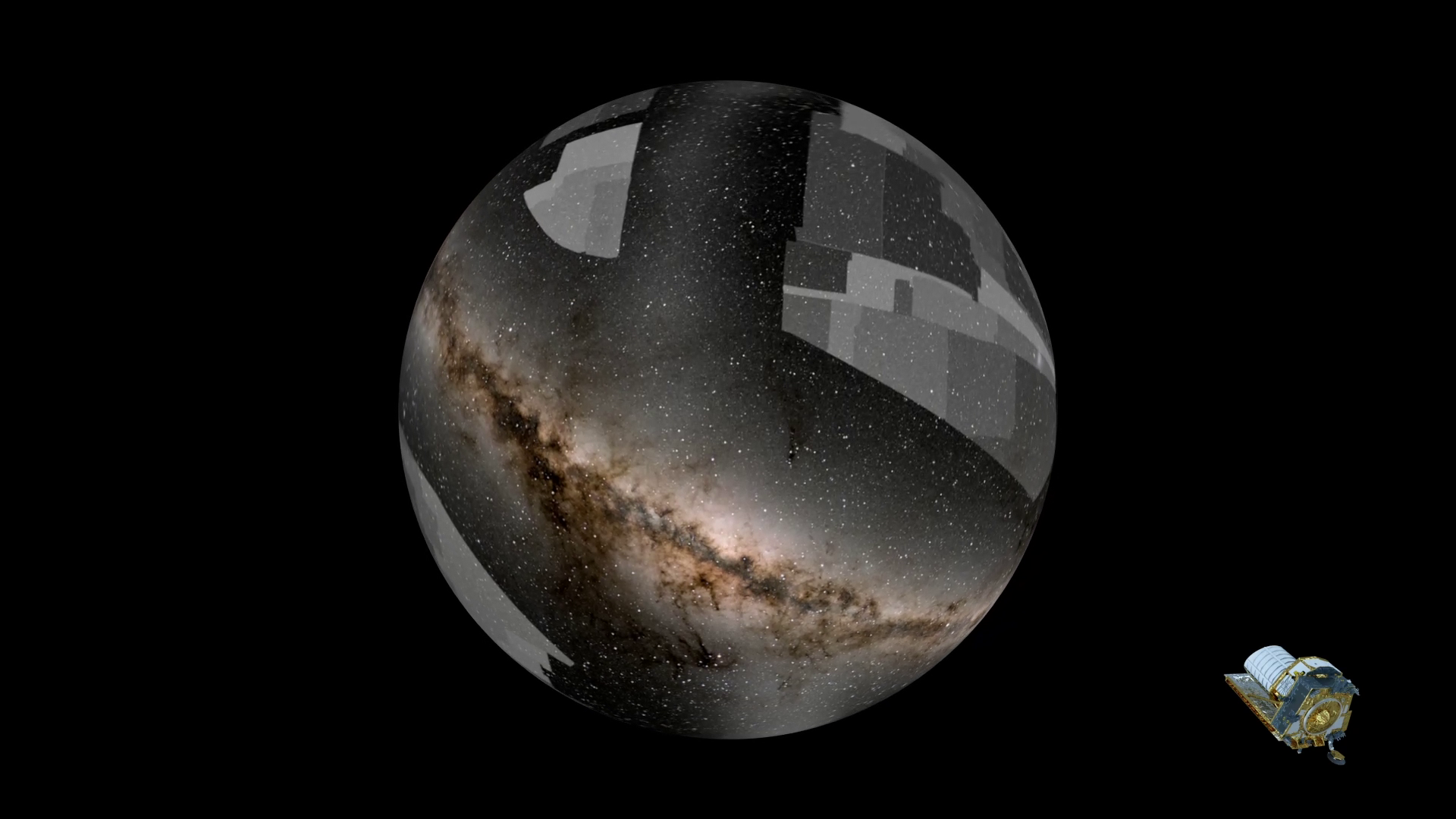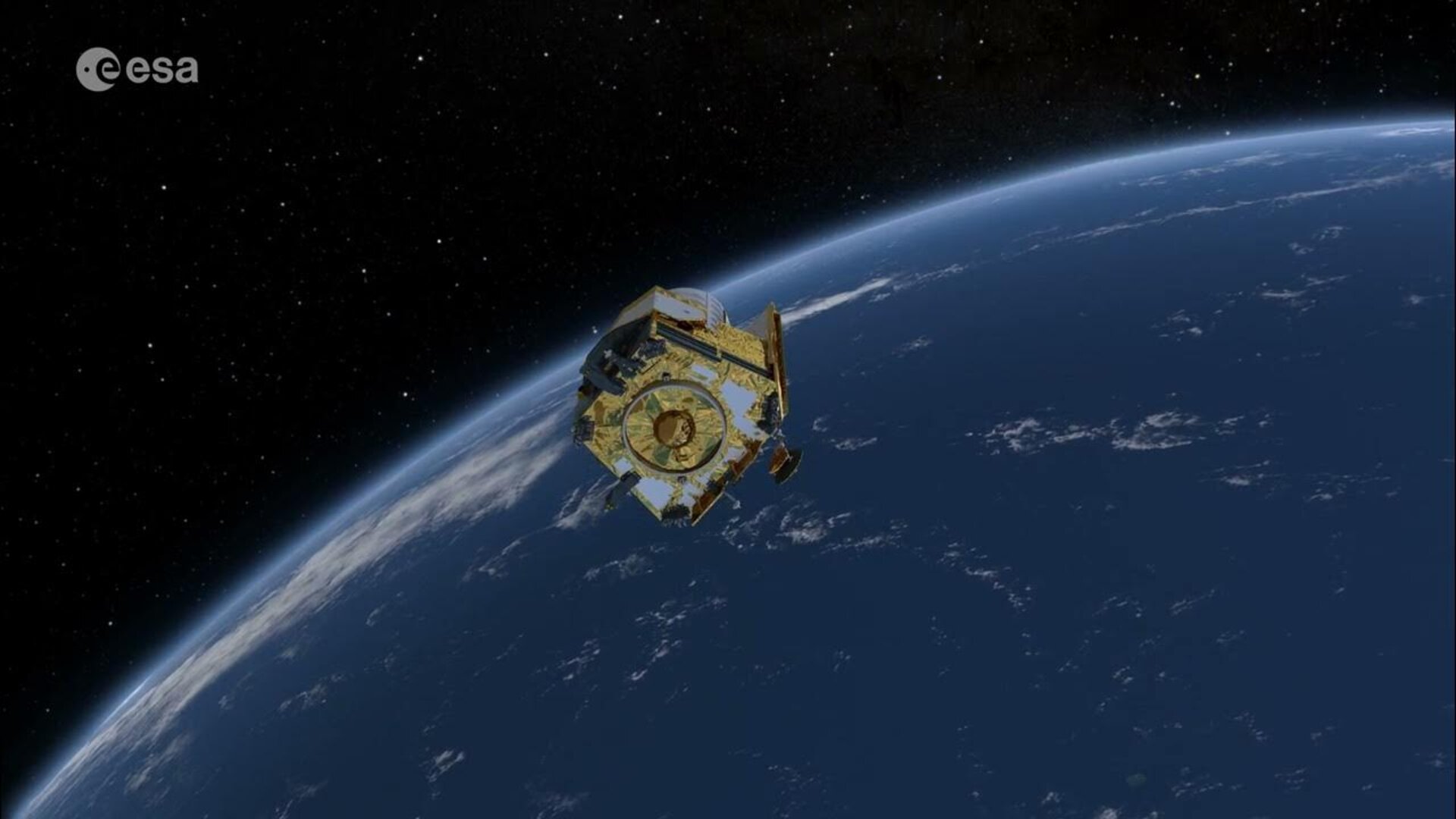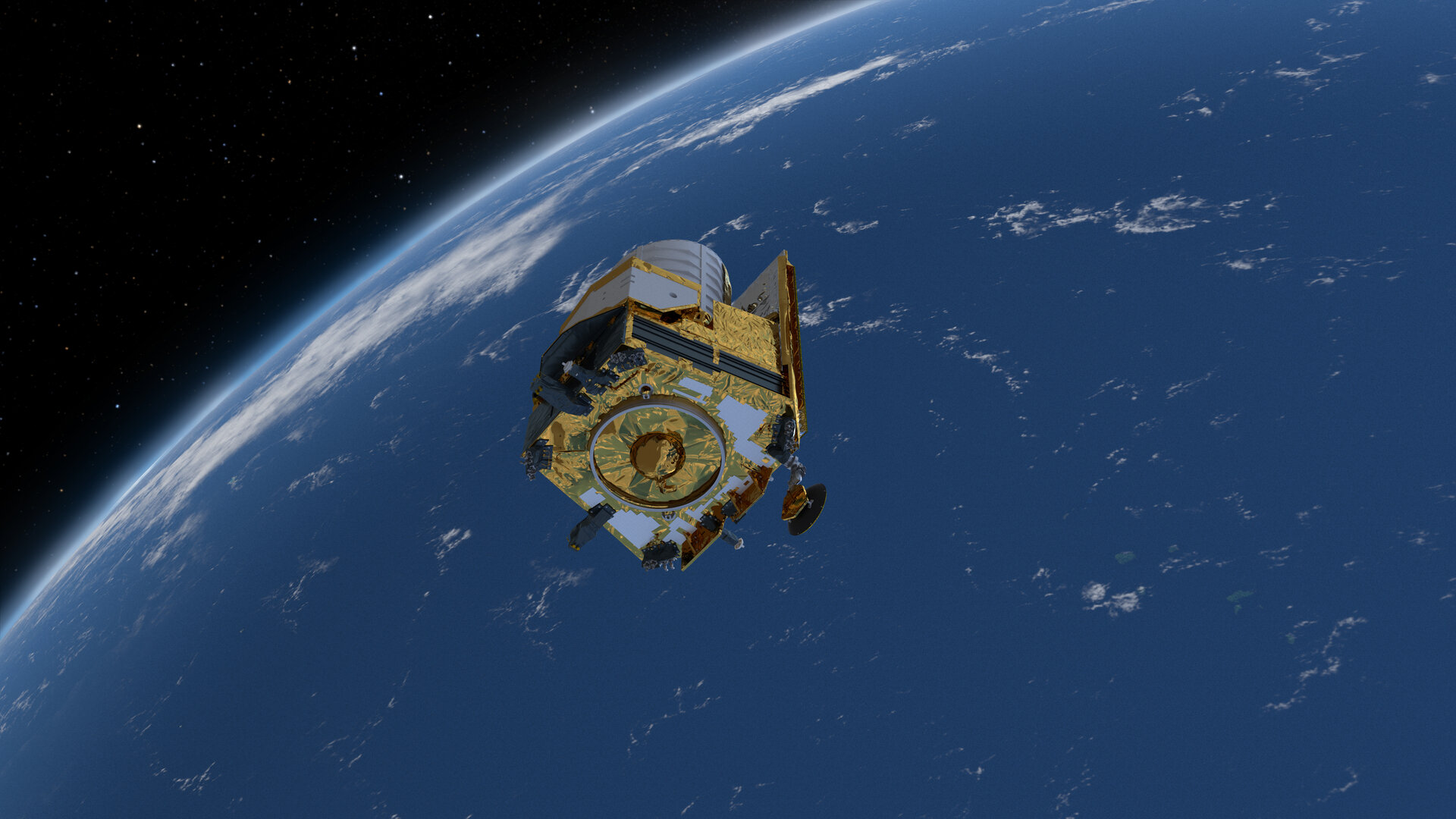How to follow the Euclid launch live
ESA will be broadcasting live as the Euclid space telescope, which will explore the dark Universe, is targeted to launch on a SpaceX Falcon 9 rocket from Cape Canaveral in Florida, USA, at 11:12 local time / 16:12 BST / 17:12 CEST on Saturday 1 July 2023. A back-up launch date of Sunday 2 July 2023 is foreseen.
Here’s how to follow the launch online.
All times CEST. Times subject to change at short notice
Live updates
- Euclid lifted off at 16:12 BST/17:12 CEST
- Fairing separated successfully
- Euclid separated from the launcher at 16:53 BST/17:53 CEST
- Signal from Euclid acquired by operations centre at 16:57 BST/17:57 CEST
Watch live from 16:30 on 1 July
Tune into ESA Web TV directly or via the ESA Youtube livestream to follow the launch live:
16:30–18:10 Launch programme
Key milestones
On launch day the following key milestones will be included in the launch programme and covered by ESA social media channels.
17:12 Euclid launch on SpaceX Falcon 9
17:53 Separation of Euclid from Falcon 9
17:57 Earliest expected time to acquire Euclid’s signal
Times are specific to launch taking place on 1 July and may vary by a few minutes.
Press release
An ESA press release will be issued upon successful acquisition of Euclid’s signal, at approximately 17:57 CEST.


Access the video
Join the conversation and #AskESA on social media
Start asking your questions now using #AskESA – yours may be answered during the live launch broadcast!
Follow @ESA_Euclid @esaoperations and @esascience for live Euclid launch coverage, posts can be found using the #ESAEuclid hashtag.
Follow ESA on:
Twitter: @ESA
Instagram: Europeanspaceagency
Facebook: EuropeanSpaceAgency
YouTube: ESA
LinkedIn: European Space Agency - ESA
Pinterest: European Space Agency - ESA


Access the video
Beyond launch day
After launch, Euclid sets sail for the Sun-Earth Lagrange point L2. Four weeks after launch, Euclid will enter in orbit around this point, which is located at 1.5 million kilometres from Earth, in the opposite direction from the Sun. Once in orbit, mission operators start verifying all the functions of the telescope. During this, residual water is outgassed and subsequently Euclid’s instruments will be turned on. Between one and three months after launch, Euclid will go through several calibrations and scientific performance tests and get ready for science. The telescope begins its early phase of the survey of the Universe three months after launch.
Follow all updates on Euclid’s commissioning on twitter via @ESA_Euclid and on www.esa.int/Euclid.
About Euclid
ESA's Euclid mission is designed to explore the composition and evolution of the dark Universe. The space telescope will create the largest, most accurate 3D map of the Universe across space and time by observing billions of galaxies out to 10 billion light-years, across more than a third of the sky. Euclid will explore how the Universe has expanded and how and how large-scale structure is distributed across space and time, revealing more about the role of gravity and the nature of dark energy and dark matter.














 Germany
Germany
 Austria
Austria
 Belgium
Belgium
 Denmark
Denmark
 Spain
Spain
 Estonia
Estonia
 Finland
Finland
 France
France
 Greece
Greece
 Hungary
Hungary
 Ireland
Ireland
 Italy
Italy
 Luxembourg
Luxembourg
 Norway
Norway
 The Netherlands
The Netherlands
 Poland
Poland
 Portugal
Portugal
 Czechia
Czechia
 Romania
Romania
 United Kingdom
United Kingdom
 Slovenia
Slovenia
 Sweden
Sweden
 Switzerland
Switzerland



























